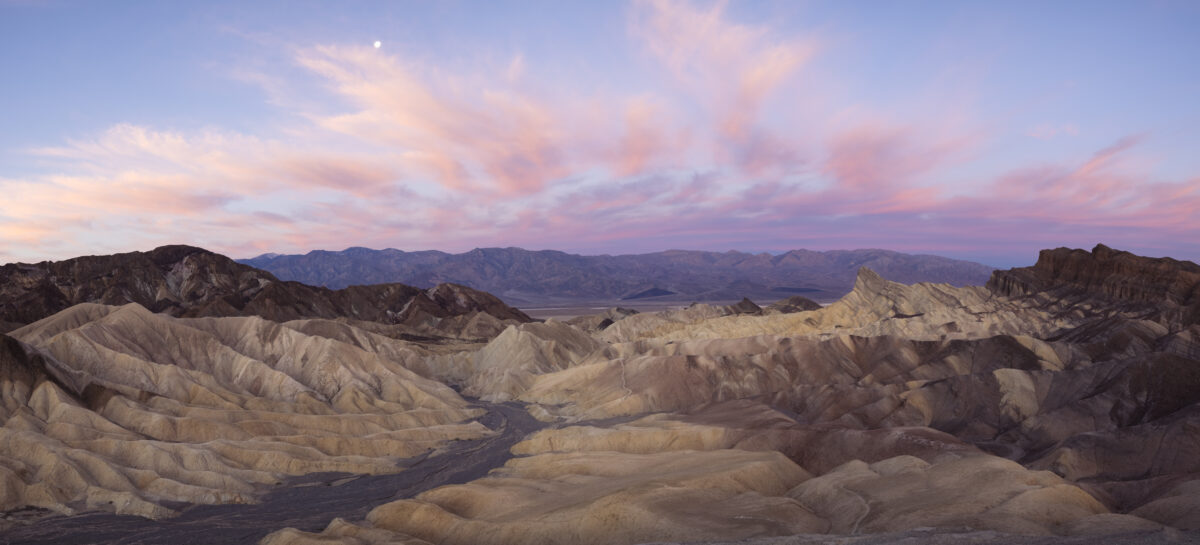
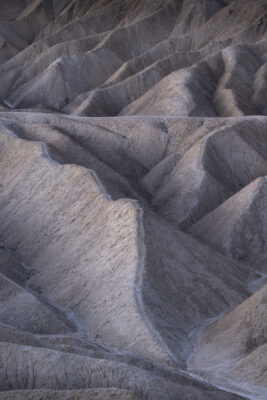
It’s the quintessential travel moment. You finally arrive in a place you’ve dreamed of and planned for (perhaps for years), and you step up to a sweeping view that knocks the breath right out of you. At that moment, you’re living in your postcard-perfect dreams.
As a photographer, the next step feels intuitive—you grab your camera and wide-angle lens and attempt to capture the grandeur before you. Of course, there’s nothing wrong with this being your first instinct, and I’m here to tell you that you should absolutely grab that classic postcard-pretty grand landscape shot. But—if you want to really peel back the layers of a location—once you’ve grabbed that wide-angle shot, your work has only just begun! Before I convince you to start thinking small, it will help if I break
down a few terms. Defining what constitutes a grand landscape versus an intimate landscape or a small scene can be difficult and subjective. It ultimately boils down to the essence of the image itself.
Generally, most grand landscape shots include the horizon and are typically (though not always) shot with a wide-angle lens of around 35mm or less. These shots fit most of a scene into a single frame. They are meant to recreate that ‘wow’ factor you feel at a breathtaking vista. Then there are the two photographic styles I want to talk about—the intimate landscape and the small scene. While these are similar styles, they are distinct.
Both are often shot at a focal length of 35mm or more. An intimate landscape typically won’t include the sky (or at least it won’t include the horizon.) The focus is always on a scene within the larger landscape. These photos feel immersive in the sense that the viewer doesn’t see where the scene begins and ends (as
you do with a grand landscape).
A small scene image doesn’t necessarily have to be of something small, but it does focus on a single element or a small number of details within the larger scene and rarely includes the sky. Small scenes can include textures, abstracts, and smaller vignettes—and may be shot with a macro lens.
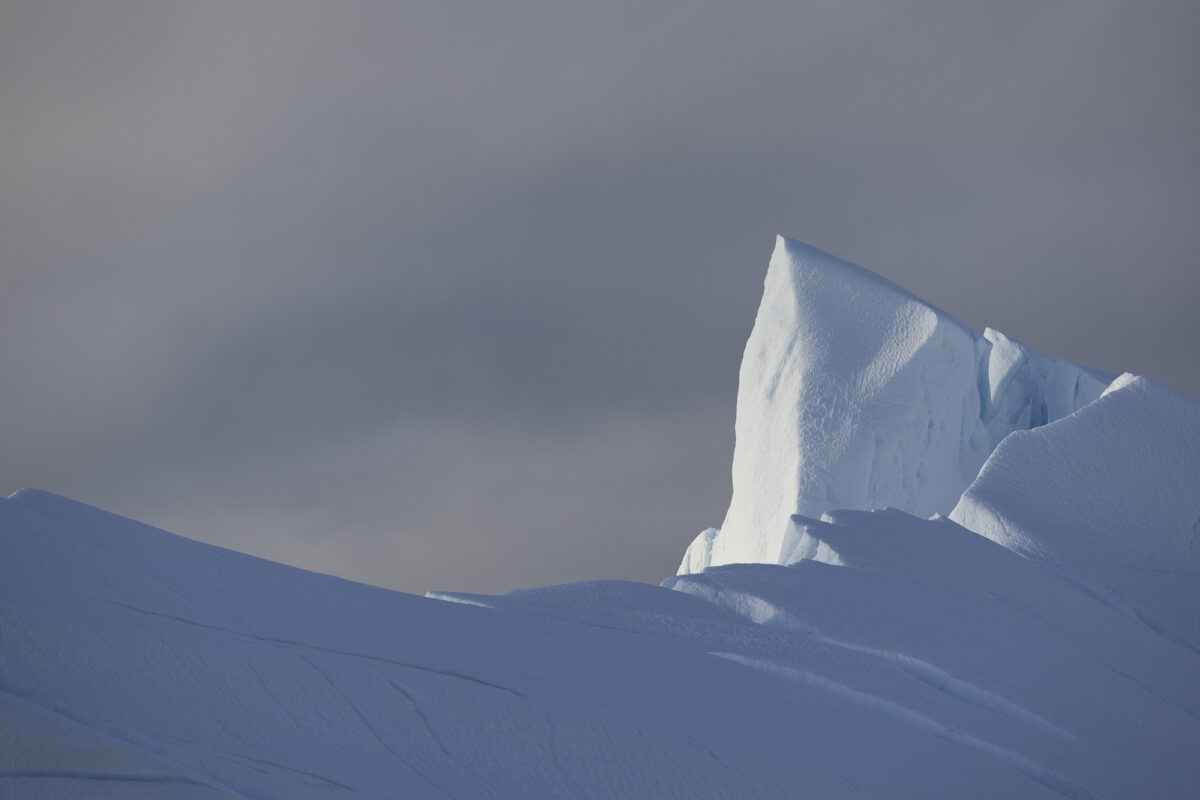
Although the focal length you use is not a foolproof way to know which category your image fits into (I shoot plenty of grand landscapes with a telephoto lens), it can be helpful to keep this measuring stick in mind until you get more comfortable identifying the type of photo you’re creating.
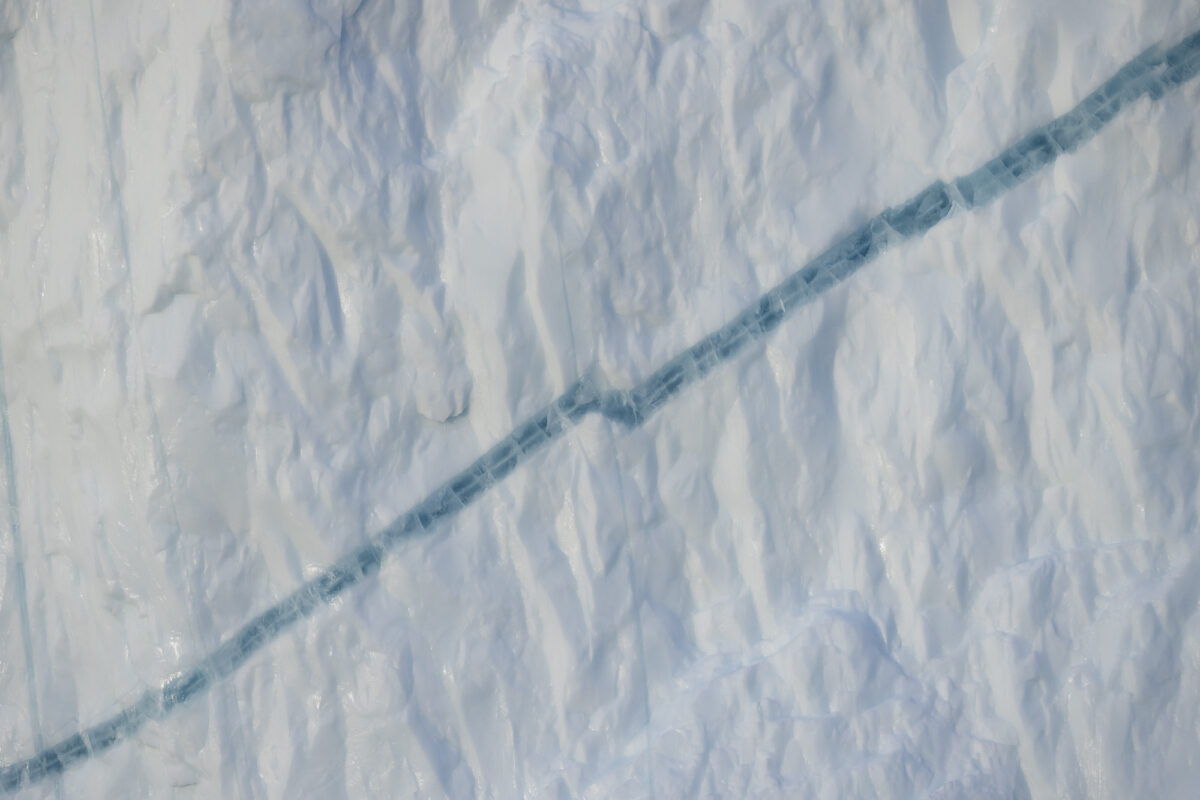
Now that we’ve broken down the concepts let’s discuss why it’s a good idea to look beyond the grand landscape to create more impactful and personally meaningful images.
A landscape is always made up of individual components that form the whole—the river, the stones, the trees, the blades of grass—the list goes on and on. These are all the little pieces that make the whole. Without them, the grand landscape could never even exist.
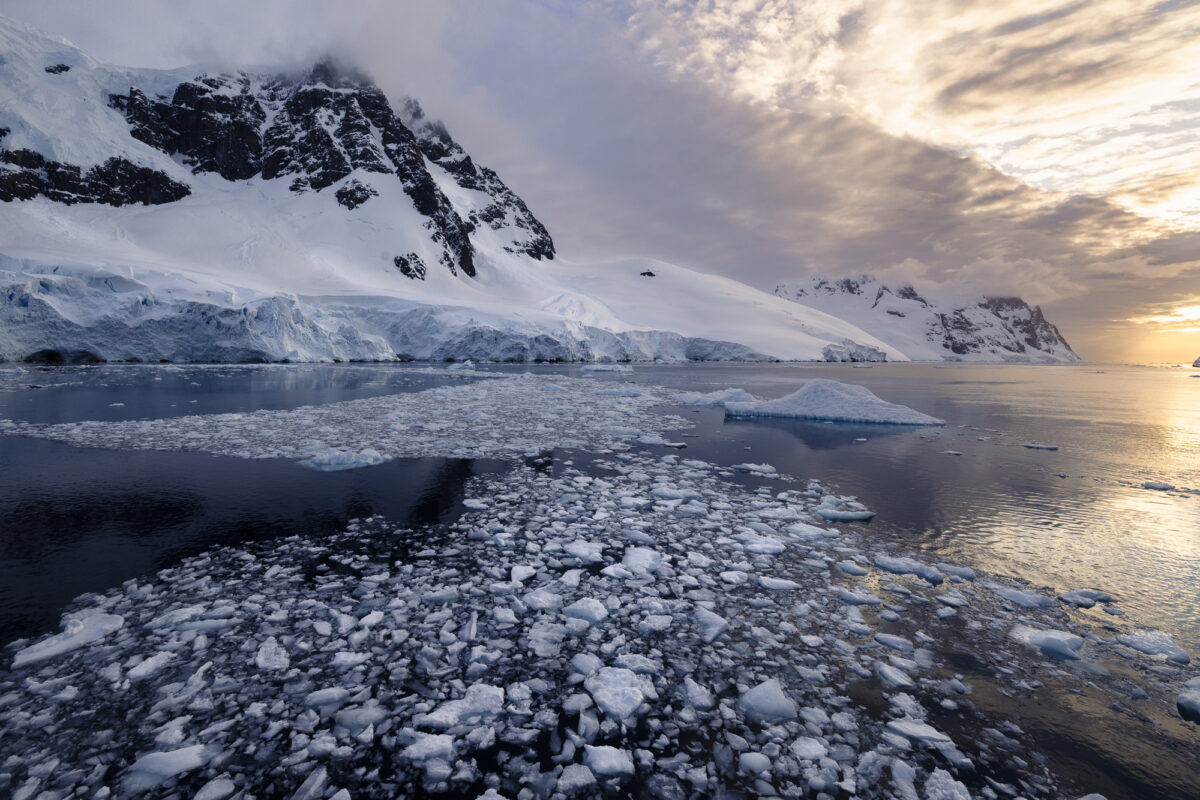
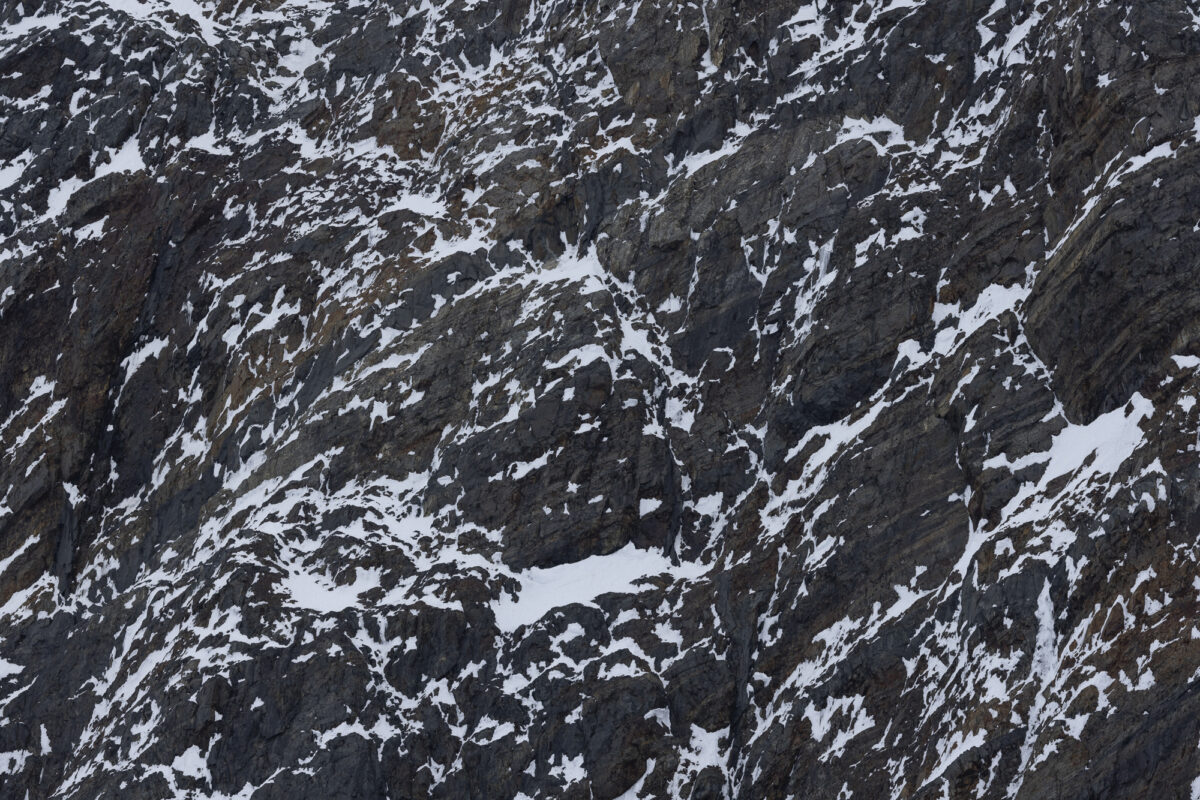
When I look for intimate photos and small scenes in a landscape, I’m intentionally looking for ways to honor these small details and unsung heroes that make a place unique and magnificent. And there’s a huge plus side to doing this! When you break down a scene into smaller vignettes and individual components and details, a whole world of possibilities will open up for you. Breaking down a landscape into its parts—or exploring how some of these elements interact with one another—naturally lends itself to storytelling. Search for vignettes that convey the essence of a landscape. You’ll find that these smaller stories are no less impressive than a grand landscape photo. Removing the horizon from your frame will make the photos more immersive and give the viewer the sense that they are peeking into something magical or secret about a landscape.
Looking for intimate landscapes and small scenes also opens up limitless opportunities to go beyond the ‘postcard,’ particularly at popular locations. Within even the most photographed places, you can always find a way to put a unique spin on the scene around you while also developing your own personal style as a photographer.
I’m not discouraging you from taking grand landscape wide-angle photos. I still take many of these when I travel! Rather, I want to encourage you to introduce a variety of photo styles to your portfolio. When you’ve taken that grand landscape shot, start searching for the individual elements of the scene that make the whole. By combining a variety of shots ranging from small scenes to intimate landscapes to grand landscapes, the viewer of your work will walk away with a better sense of place than if you
showcased classic wide-angle shots alone.
